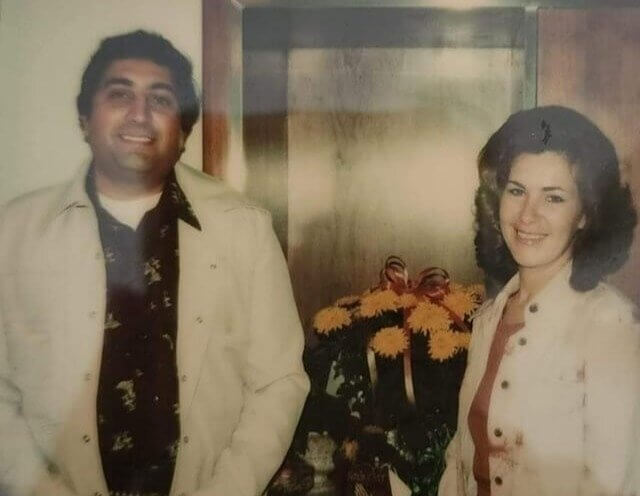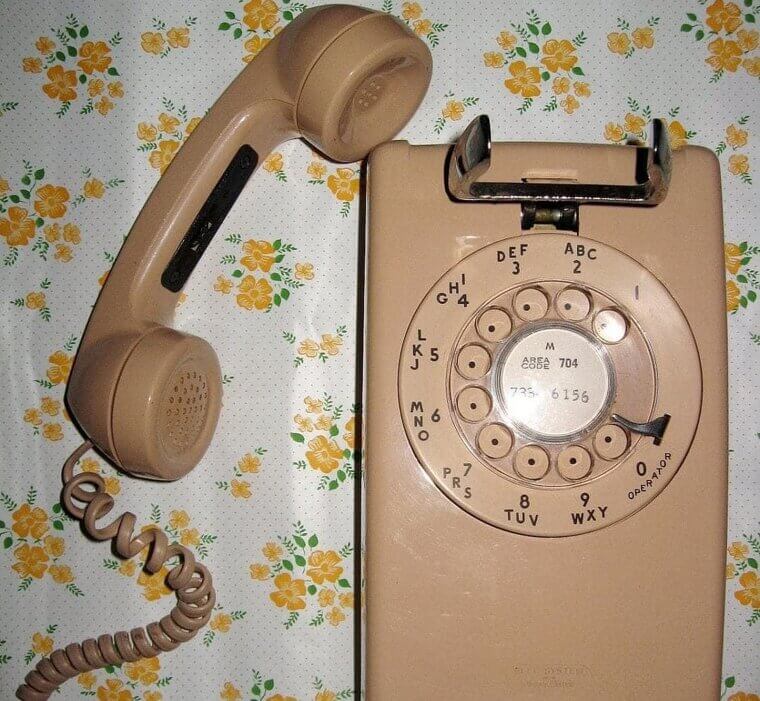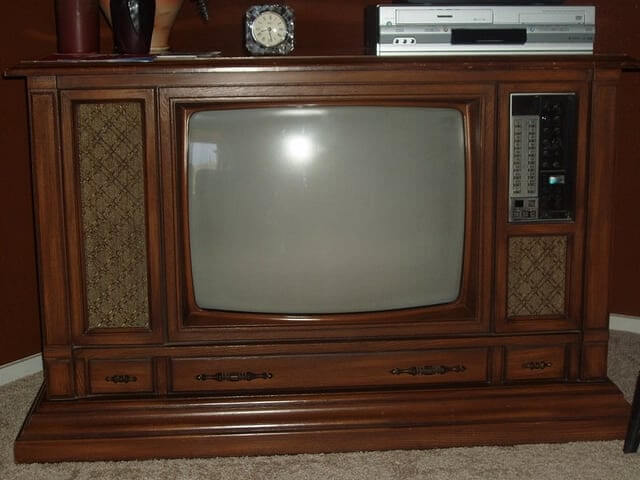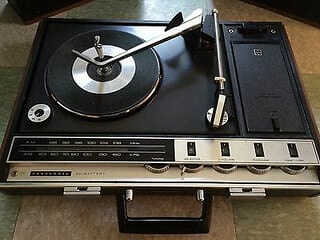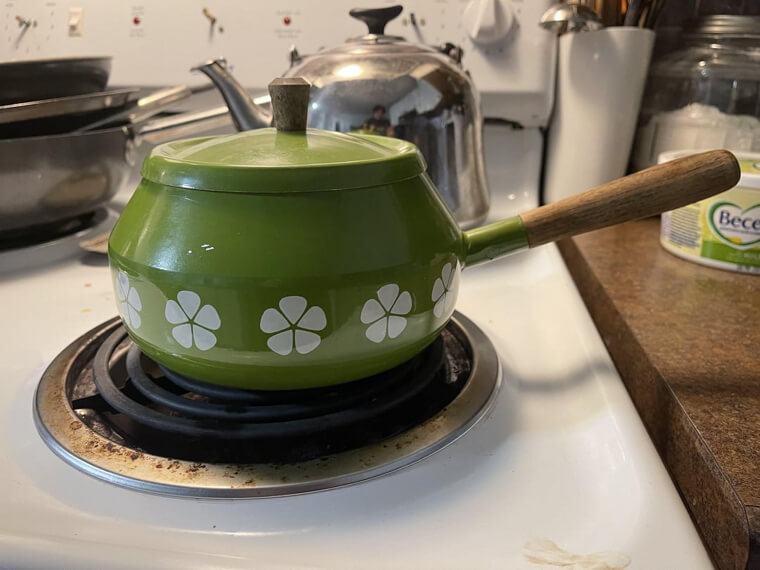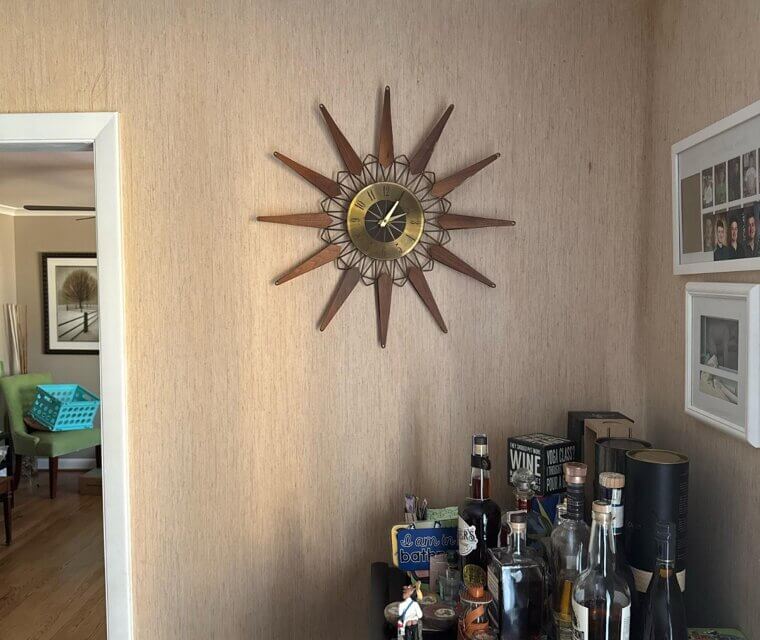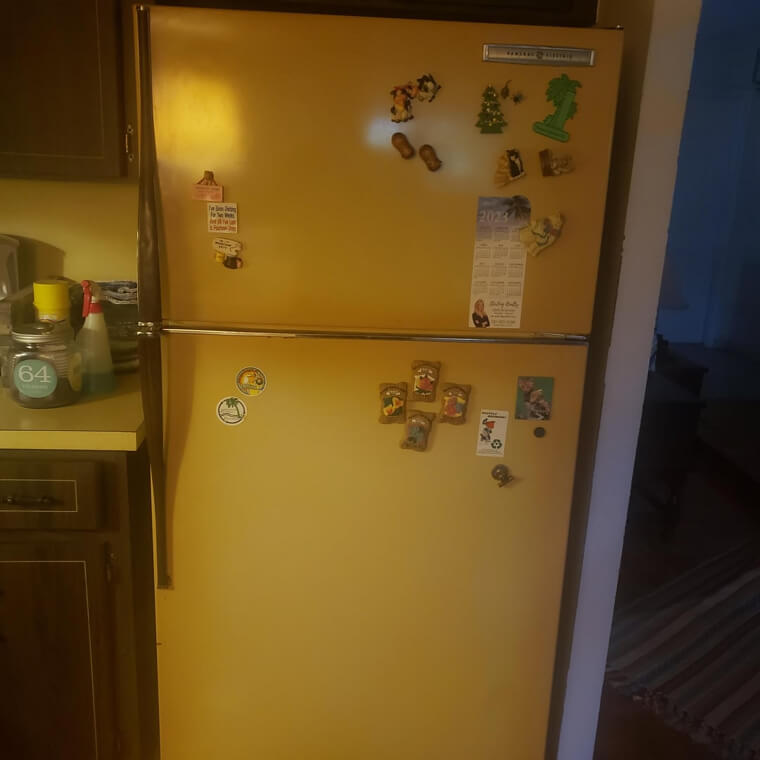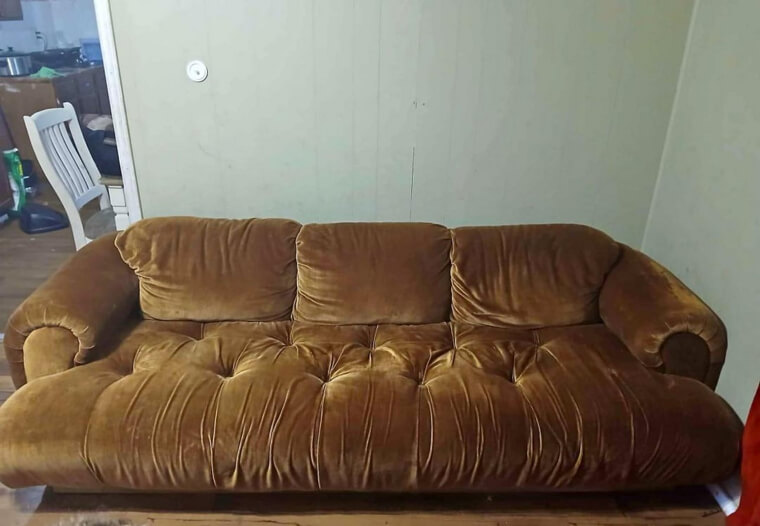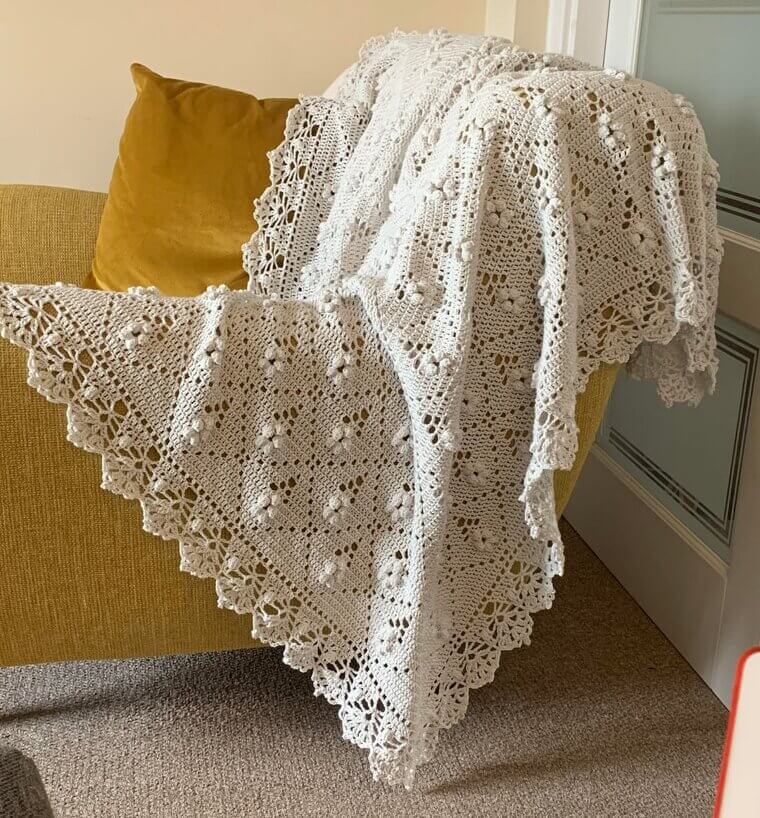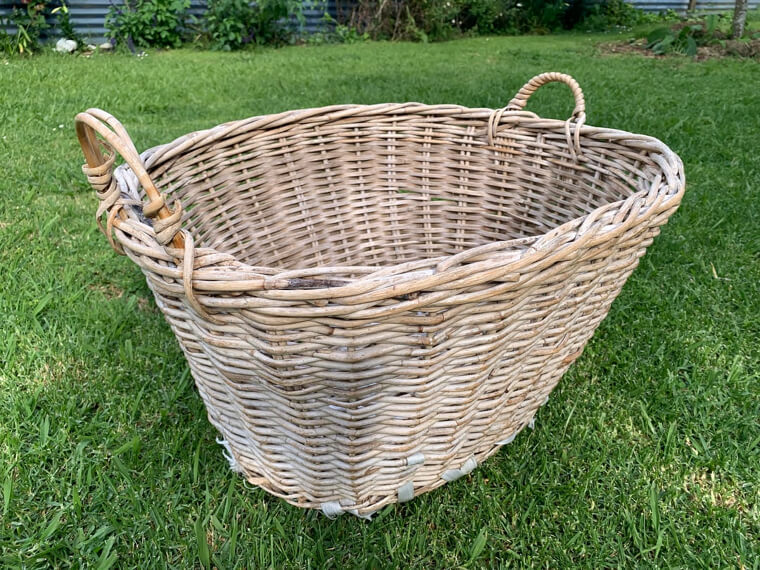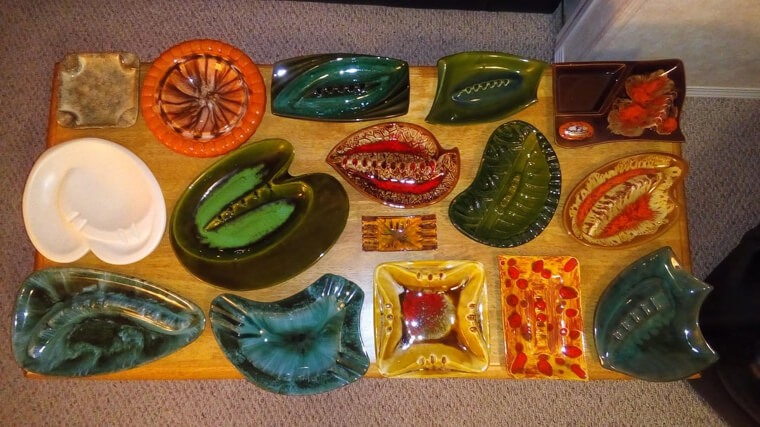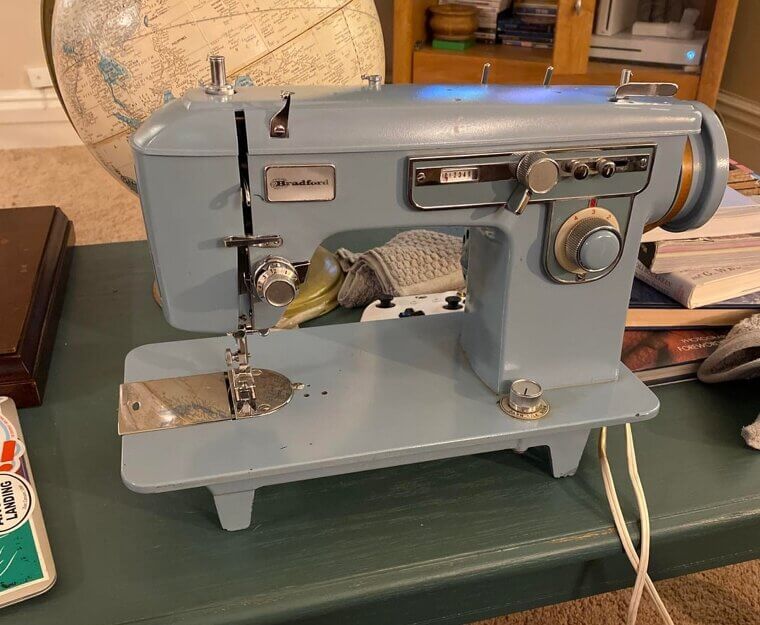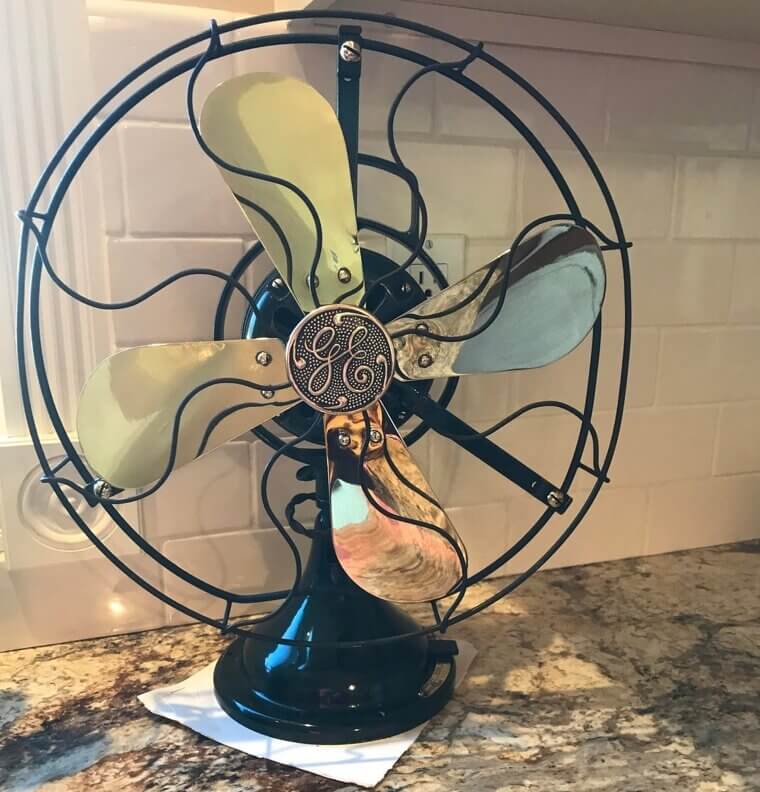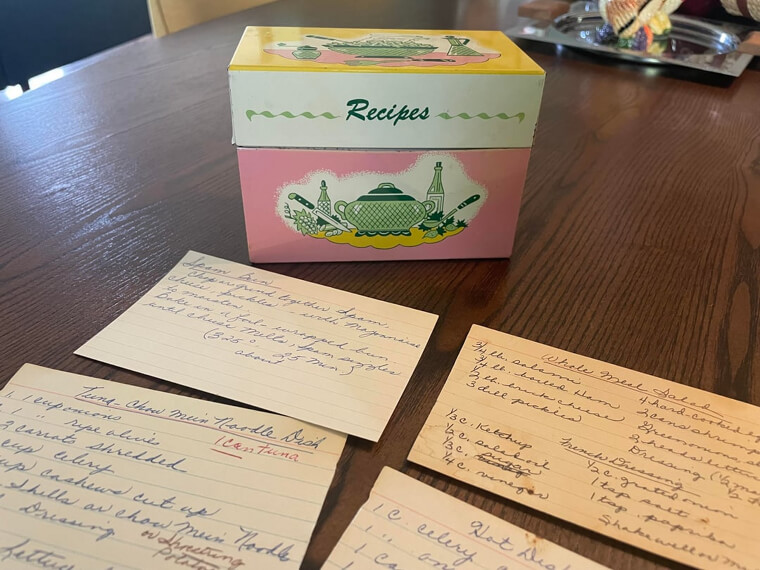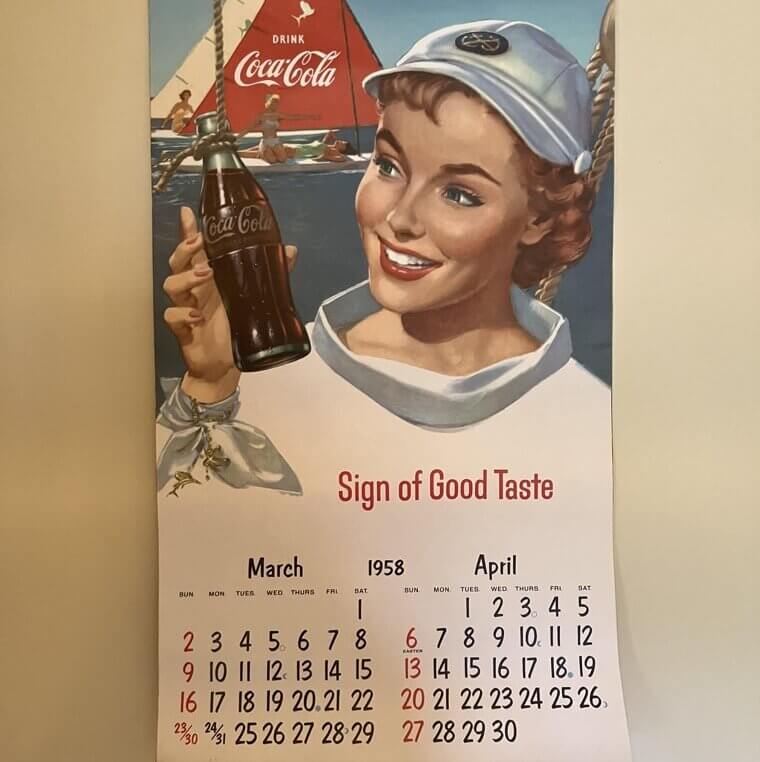When Every Home Had Its Own Personality
The 1970s were a time when houses felt alive with color, texture, and personality. Every room told a story, and every household item had a purpose beyond practicality. From rotary phones that rang through the hallway to record players spinning all weekend long, life moved at a slower, more personal pace. Families gathered in living rooms lined with wood paneling, refrigerators came in colors no one would dare try today, and even the simplest things- like a fan or a calendar- felt special. Take a look back at the household staples that made every 1970s home feel warm, busy, and unmistakably one of a kind.
The Rotary Telephone
Before cordless phones or speed dial, the rotary phone ruled the home. Every family had one, usually sitting on a hallway table with a notepad and a tangle of cords. Making a call was an event. You placed your finger in the right hole, spun the dial, and waited for it to click back around before starting the next number. If you messed up, you had to start over. The sound of the rotary returning to its place was strangely satisfying, and slamming the receiver down after an argument carried real dramatic weight. Kids spent hours twisting the cord while gossiping with friends, and parents complained about the phone bill every month. In some homes, there was even a “phone chair” because conversations could last so long. The rotary phone was sturdy, heavy, and built to last forever. Today, they’re collector’s items, but for anyone who grew up with one, that spinning dial is a sound you never forget. It was communication that required patience, skill, and a little upper-body strength.
The Wood-Paneled Television Set
Every living room had a TV the size of a dresser, complete with a wooden cabinet and rabbit-ear antennas sticking out on top. Families gathered around it every night to watch Happy Days, The Carol Burnett Show, or the evening news. Kids were the remote controls, taking turns turning the dial and fiddling with the antenna until the picture cleared up. The screen was small, but the furniture around it was huge. Sometimes, the TV even doubled as a surface for family photos or decorative plants. The smell of warm electronics filled the room, and when the screen went dark at night, a tiny dot of light glowed in the center like a nightlight. It was heavy enough to survive a tornado and cost more than a month’s rent, but everyone treated it like a member of the family. Watching TV wasn’t just entertainment; it was a nightly ritual that brought everyone together.
The Record Player and Vinyl Collection
Before playlists and streaming, there was the record player. Every home had one, often built into a massive console that looked more like fine furniture than technology. The sound of the needle finding the groove was a moment of magic. Parents played Elvis, the Beatles, or Fleetwood Mac while cleaning the house or hosting dinner parties. The vinyl crackle became part of the soundtrack of family life. Teenagers showed off their record collections with pride, arranging albums like trophies on the shelf. Records were played so often that scratches became part of the charm. If someone bumped the player, the music skipped, followed by a collective groan. Still, nothing compared to holding an album cover in your hands and reading the lyrics printed inside. The record player brought music to life in a way that felt personal and tangible, and every family had one spinning somewhere in the house.
The Fondue Pot
In the 1970s, entertaining meant breaking out the fondue pot. Whether it was melted cheese, chocolate, or oil for frying, fondue was the ultimate sign of sophistication. Families and friends gathered around, dipping bread cubes or fruit on long forks and trying not to lose them in the pot. The fondue set came in bright oranges, yellows, or browns to match the kitchen décor, and it often sat proudly on display even when not in use. No one cared that it was messy or that someone inevitably burned themselves on the metal forks. It was fun, interactive, and perfect for long, chatty evenings. Every newlywed couple received one as a wedding gift, and every family tried it at least once. It represented the adventurous, social spirit of the decade, even if most people quietly retired theirs to a cupboard after a few smoky attempts.
The Sunburst Clock
Hanging above the couch or dining table, the sunburst clock was pure 1970s style. With metal rays shooting out from the center, it looked more like modern art than a timepiece. It was bold, shiny, and impossible to ignore. The ticking sound filled quiet afternoons, and sometimes it ran a little fast or slow, but nobody minded. It matched everything from avocado kitchens to wood-paneled walls. The clock represented optimism and a love for design that pushed boundaries. Everyone had one, even if they didn’t remember where it came from. Today, reproductions are sold as “retro chic,” but for those who grew up with the original, it’s hard not to smile at its confident sparkle.
The Harvest Gold Refrigerator
No appliance said “1970s” like a harvest gold refrigerator. Sometimes avocado green or burnt orange, it was big, loud, and nearly indestructible. The heavy doors slammed shut with authority, and the freezer needed defrosting more often than anyone wanted to admit. Magnets and family photos covered the front, along with grocery lists written on paper scraps. Inside, glass bottles of milk, Jell-O molds, and leftover casseroles waited behind thick glass shelves. Parents treated the fridge like a family vault, opening it constantly and sighing about how “there’s nothing to eat.” Even decades later, many of these fridges still work, humming along in basements and garages as beer coolers. They may not have ice dispensers or touchscreens, but they had heart and a color palette that no modern kitchen could match.
The Brown Corduroy Couch
In the 70s, furniture wasn’t just comfortable; it was practically indestructible. The corduroy couch was proof. Brown, tan, or orange, it sat in every living room and survived everything from pets to popcorn spills. The fabric left faint striped marks on your legs if you sat too long, and somehow, it was always warm. Families piled onto it for movie nights or Sunday naps. Throw pillows rarely matched, but nobody cared. The couch was the heart of the home, a place for laughs, naps, and occasional sibling fights. Moving one was a two-person job, but once it was in place, it stayed for life. If you find one today, it probably still looks exactly the same, with only a few extra memories embedded in the cushions.
The Crochet Blanket on the Back of the Couch
Every Boomer home had at least one handmade crochet blanket draped proudly over the couch. Usually made by a grandmother or aunt, it featured every color in the yarn store, often arranged in bold zigzag patterns. The blanket was heavy, scratchy, and weirdly comforting. Kids wrapped themselves in it to watch TV or built forts with it on lazy afternoons. It never matched the furniture, but that wasn’t the point. It was love stitched into every loop. These blankets were proof that homemade was best and that style mattered less than warmth. Even now, finding one folded in a closet can bring back the sound of laughter, the glow of the television, and the feeling of safety that defined home in the 1970s.
The Wicker Laundry Basket
Before plastic bins took over, every family used a wicker laundry basket that squeaked with every trip to the washing machine. The handles broke regularly, and loose reeds snagged socks, but nobody replaced it. It was sturdy, familiar, and always full. The smell of clean clothes mixed with laundry detergent and fresh air was part of daily life. Some families even used smaller versions as magazine holders or toy bins. The wicker basket was a simple tool, but it represented routine and order. Folding clothes while listening to music or chatting with family made chores feel like part of the rhythm of home.
The Ashtray Collection
Even non-smokers had ashtrays in the 70s. They came in every shape imaginable: glass, ceramic, and sometimes molded plastic in shocking colors. Every coffee table had one, usually filled with matches from restaurants or vacations. Some ashtrays were shaped like leaves, others like tiny dishes, and all of them were cleaned religiously before guests arrived. The air might have been smoky, but the presentation was spotless. For better or worse, the ashtray was a sign of hospitality, a little piece of décor that said, “Make yourself comfortable.” While they’ve disappeared from most homes today, seeing one instantly brings back the image of adults talking late into the night with music playing softly in the background.
The Encyclopedia Set
Every respectable family had a full set of encyclopedias lined neatly on a bookshelf. They were expensive, impressive, and rarely used. Kids hauled out the heavy volumes when they had school projects, while parents bragged about having “a house full of knowledge.” The pages smelled faintly of ink and dust, and the gold lettering on the spine gleamed in the light. Looking up a single fact required serious effort, but it felt rewarding. The encyclopedia set represented status and aspiration. It said you valued learning, even if most of the time it just sat there looking smart. When the Internet arrived, they became obsolete overnight, but for families in the 70s, they were a source of pride.
The Sewing Machine in the Corner
Every home had a sewing machine, often inherited from a grandmother or purchased on a payment plan. It sat proudly in its own cabinet, ready for repairs or projects. Moms made curtains, kids’ clothes, and the occasional Halloween costume on it. The rhythmic hum filled the air, a steady sound of practicality and love. Buttons were reattached, hems shortened, and tears fixed instead of replaced. The sewing machine represented independence, creativity, and the belief that a little effort could make anything new again. Today, they’re seen as vintage décor, but in the 70s, they were tools of pride and necessity.
The Metal Fan That Could Blow a House Down
Before air conditioning was common, the family fan was a household hero. Made of metal and built like a jet engine, it could cool a room or nearly knock over a small child. Everyone knew not to stick their fingers near it, yet someone always did. It made a comforting hum that filled summer evenings, and the oscillating motion felt hypnotic. The fan often sat in a window, pretending to bring in “fresh air,” which usually meant hot air from outside. It rattled, buzzed, and collected dust, but it worked faithfully year after year. No modern fan has ever matched its sheer power or nostalgia.
The Recipe Box
Before smartphones and Pinterest, the recipe box was the heart of every kitchen. Filled with handwritten cards in fading ink, it contained generations of family favorites. Some cards had spills and smudges, proof that they had been well-loved. Recipes were shared between neighbors, written down at church potlucks, and passed along like family heirlooms. Opening the box felt like stepping into the past. It smelled faintly of flour and vanilla, and every card had a story. The recipe box was a time capsule of comfort food and tradition. Even now, finding one in a drawer can bring back the taste of Sunday dinners and the voices of people long gone.
The Wall Calendar With Family Notes
Hanging in the kitchen or hallway, the wall calendar was the family command center. Every birthday, appointment, and vacation was scribbled on it in pen. The pictures changed monthly-often landscapes, kittens, or scenic beaches-but the real value was in the writing. School plays, dentist visits, and work shifts all shared space in neat boxes. The calendar was a visual record of family life, and at the end of the year, many people saved them just to remember what had happened. Today, our schedules live on screens, but those old calendars were personal, handwritten, and filled with love.

